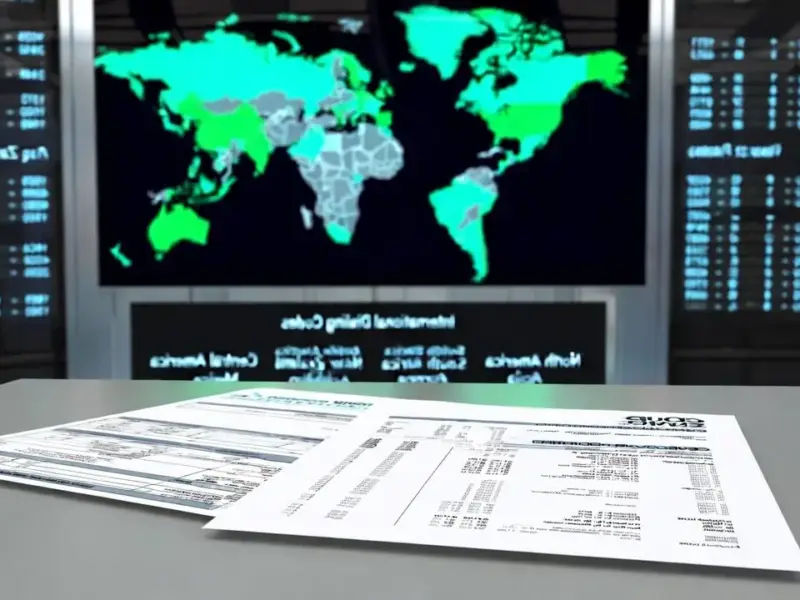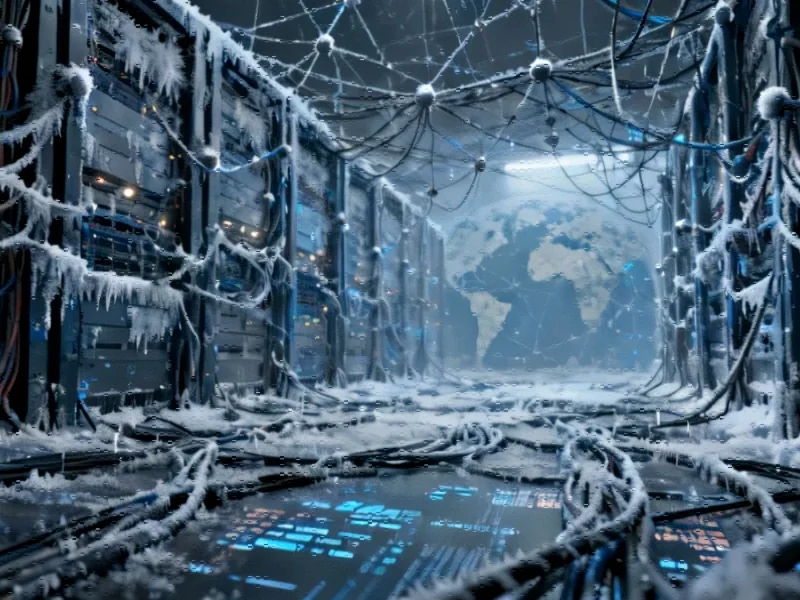According to TheRegister.com, Cloudflare experienced a massive outage on Tuesday that CEO Matthew Prince admitted was caused by a database permissions change, not the “hyper-scale DDoS attack” they initially suspected. The incident started around 11:20 UTC and lasted for hours, with services becoming completely unstable before 13:00 UTC when the system “stabilized in the failing state.” The problem occurred when a permissions adjustment on their ClickHouse database cluster caused queries to return extra data, more than doubling the size of a critical “feature file” used by their Bot Management system. When this oversized file exceeded Cloudflare’s size limits, their software failed, creating intermittent outages that eventually became persistent. Prince has apologized for the incident and outlined four planned improvements to prevent future occurrences.
The Database Domino Effect
Here’s the thing about complex systems – they fail in the most unexpected ways. Cloudflare wasn’t hacked, wasn’t under attack, and didn’t suffer hardware failure. They simply made a database query that returned too much data. Basically, they gave their system indigestion by feeding it configuration files that were twice as large as they should have been.
And the intermittent nature of the failure is what made it so tricky to diagnose. Every five minutes, their system would generate either a good file or a bad file. Sometimes things would work, sometimes they’d break. That’s why they initially thought it was an attack – the pattern looked exactly like what you’d expect from a sophisticated DDoS campaign. But nope, just their own systems occasionally choking on oversized configuration data.
Resilience Reality Check
Prince says Cloudflare has “architected our systems to be highly resilient to failure,” but this incident reveals some pretty fundamental gaps. I mean, your entire global infrastructure can be brought down by a single database query returning too much data? That’s not resilience – that’s a house of cards waiting for the right gust of wind.
What’s particularly concerning is how long it took them to identify the root cause. They spent valuable time chasing the DDoS attack theory while their customers’ services were failing. When you’re dealing with critical infrastructure that underpins so much of the modern internet, shouldn’t there be better safeguards against this kind of configuration file corruption? Especially for companies that specialize in industrial-grade computing solutions where reliability is non-negotiable.
The Recovery Reality
Their eventual fix sounds almost comically manual – they had to stop the bad files, manually insert a known good file, then force-restart their core proxy. For a company that prides itself on automation and scale, that’s pretty rough. It took hours to implement what essentially amounted to “turn it off and on again” at internet scale.
And let’s talk about that downstream impact. When Cloudflare stumbles, the entire internet feels it. Websites go dark, APIs stop responding, and businesses lose revenue. This isn’t just a theoretical exercise – real people and companies depend on this infrastructure working reliably. The fact that a simple database permissions change could cause this much chaos should worry everyone who builds on top of these platforms.
Lessons Unlearned?
Prince promises they’ll do “four things” to prevent future occurrences, but we’ve heard this song before. Companies always promise improvements after major outages, yet somehow similar failures keep happening across the industry. Will Cloudflare actually implement meaningful changes, or will we see variations of this same failure mode in the future?
The real test will be whether they address the fundamental architectural issues that allowed a single configuration file to take down their entire system. Because right now, it looks like they built a Ferrari that can be disabled by putting too much gas in the tank. You can read Cloudflare’s full post-mortem on their official blog for all the technical details.




